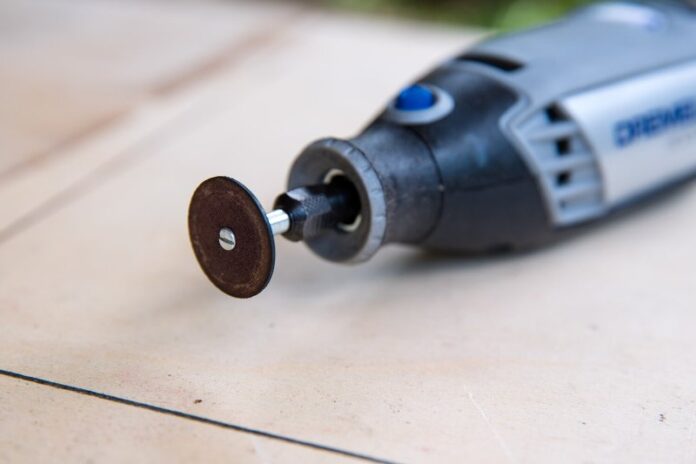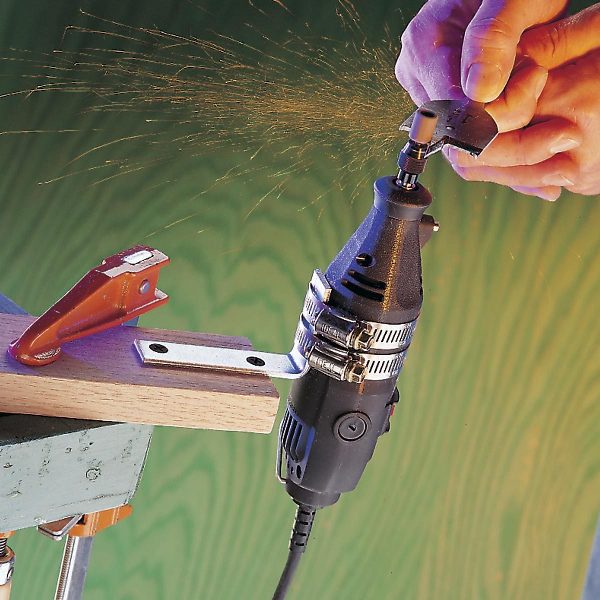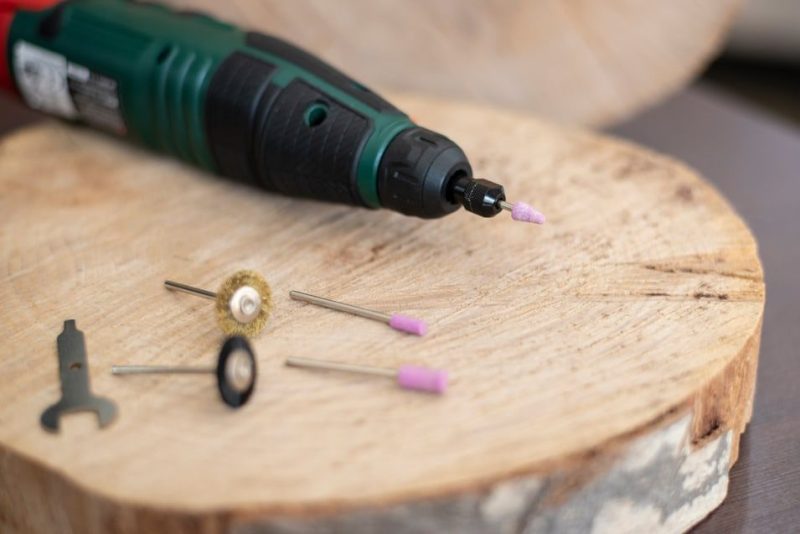Rotary tools are power tools that utilize a rotational motion for cutting, grinding, sanding and polishing. While there are subtle variations in design, at their core, all rotary tools are essentially powerful rotating motors with a spindle on them for attaching different types of bits and other accessories. The bits and accessories used with rotary motors are generally circular in design and saw (circular blades) bits are by far, the most common attachment we see on them. However, rotary tools can do a lot more than just saw through surfaces.
What are Rotary Tools Used For?
The versatility of rotary tools is exactly why they are such an important investment. The rotary tool is a singular power tool that’s capable of doing so much, and all the user has to do is make sure that they choose the right bit for the project at hand. Click here to learn more about how to do best rotary tool projects and choose the right attachments based on specific use case scenarios.
Low to medium-sized, handheld rotary tools are recommended for many DIY projects, as the mobility and ease of use allow the power tool to be highly versatile. They are readily available from all good DIY stores, online and locally.
What are Some of the Possible Safety Concerns for DIY Enthusiasts?
Any tool can be dangerous if you are not particularly careful and well experienced with it, but power tools in particular can be extremely dangerous. A spinning saw blade, powered by the rotary motor can slice through a misplaced finger, or a polishing attachment can flay it faster than we can react to it. Then, of course, there is also the danger of projectiles hitting the user or any other surface around the area, leading to serious damage. Anyone with long hair could also suffer a gruesome injury if they are not careful and their hair gets caught up in the rotatory tool.
Mitigating Dangers: Tips for Safe Rotary Tool Usage
To reduce any chances of a mishap, consider the following safety tips while handling a rotary tool for any task:
- Don’t rush; always be aware of where your hands and fingers are before turning the motor on.
- Wear work gloves to keep your hands and fingers protected at all times.
- Wear a face shield or goggles to prevent projectile injuries.
- Put on earplugs to prevent damage to your eardrums, which is quite common when working in close proximity to power tools.
- Long hair needs to be tied back or up in a tight bun, and then covered with a hairnet or hat.
- Wear a face mask or a respirator to prevent inhaling industrial dust.
Remember to make sure that the attached bit is never touching the work surface before turning on the rotary tool. The tool must already be in free rotational motion at the desired speed setting before it is used on any surface.
If you need advice on the correct tool for the job, ask an expert at your local DIY store.




















